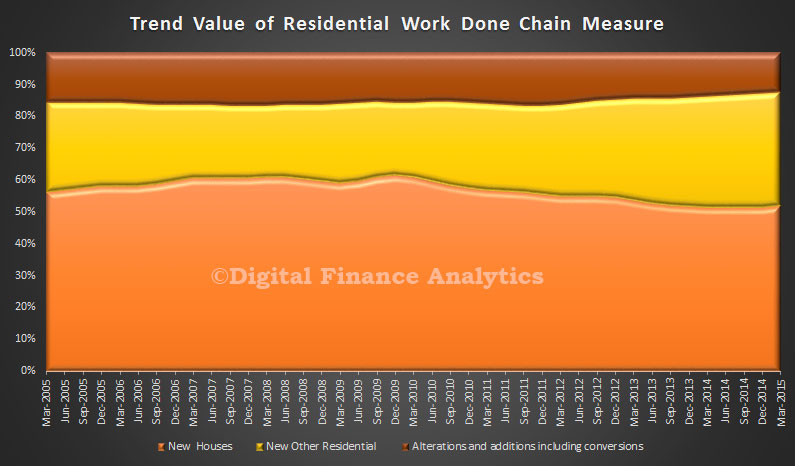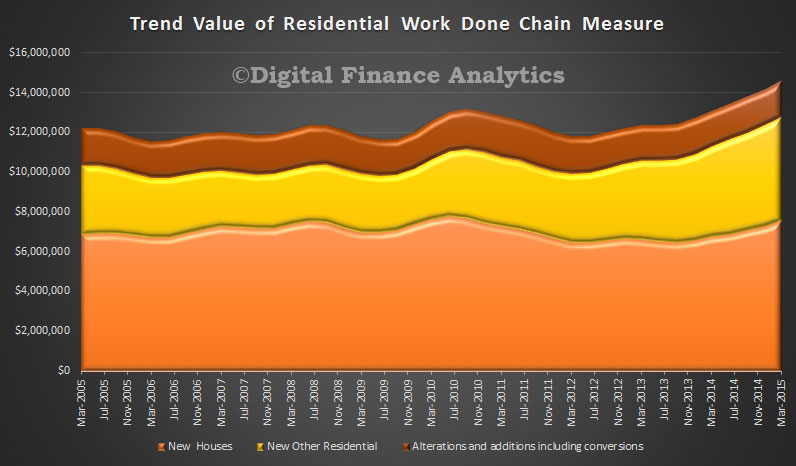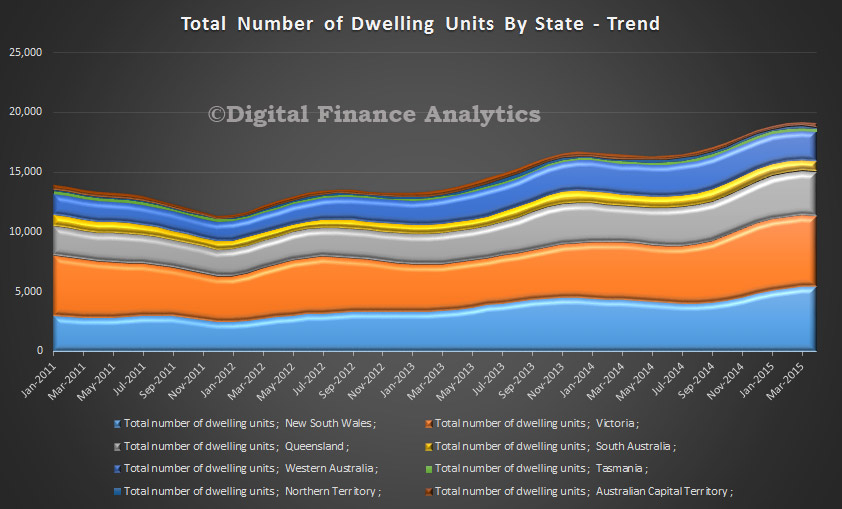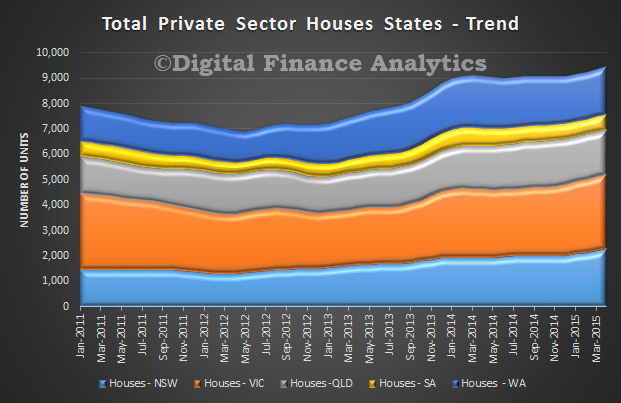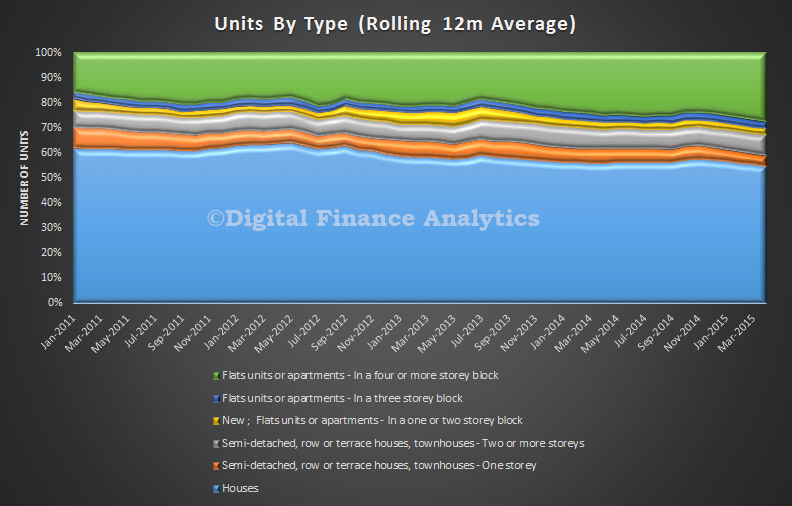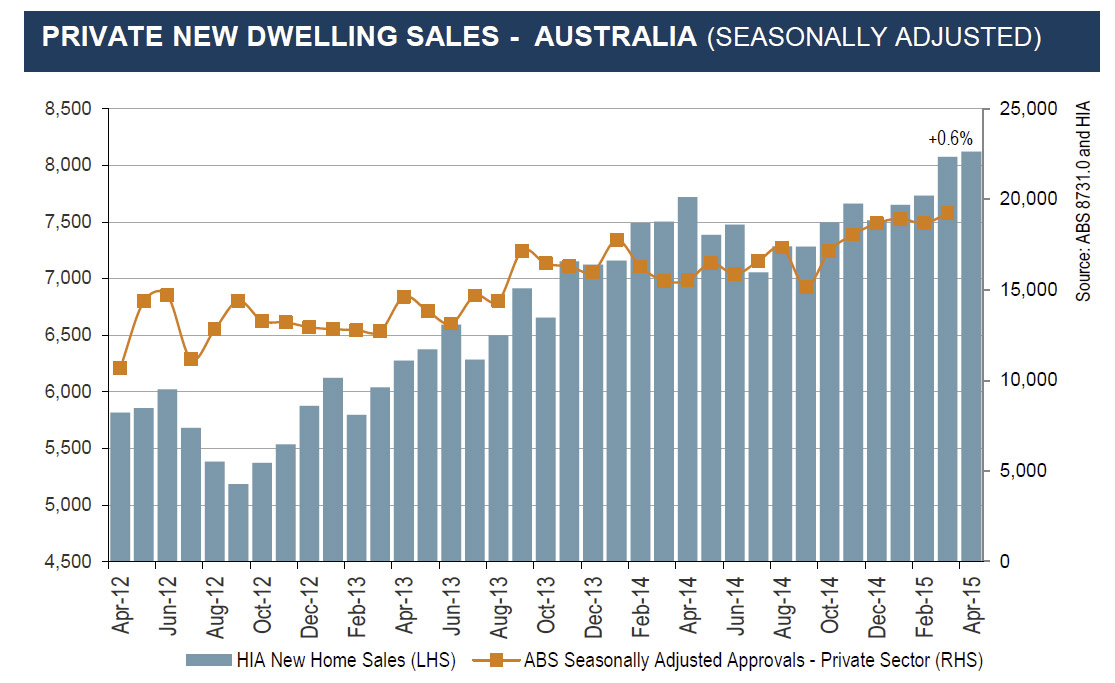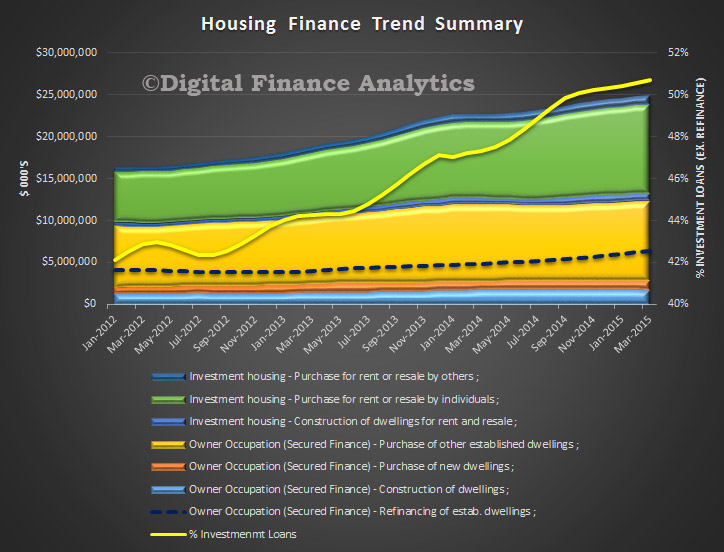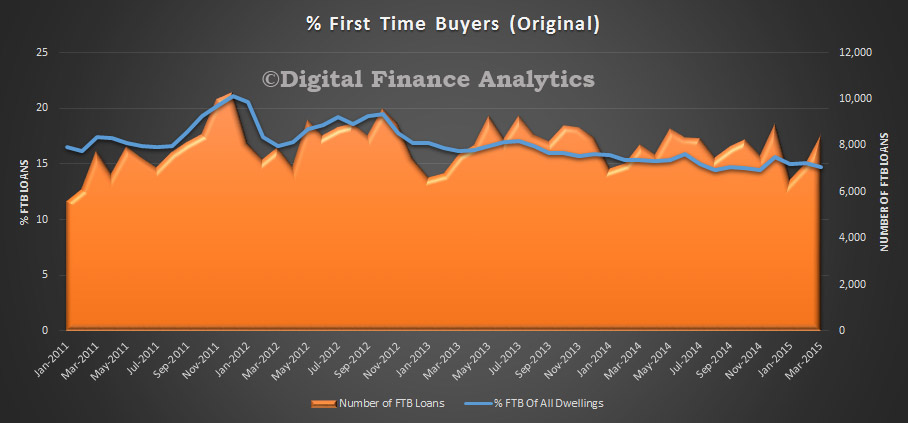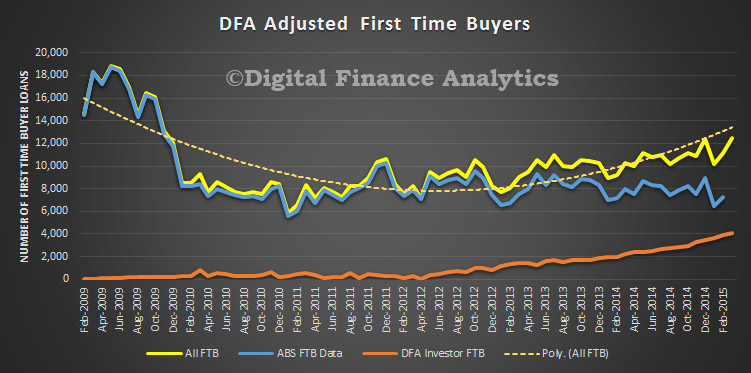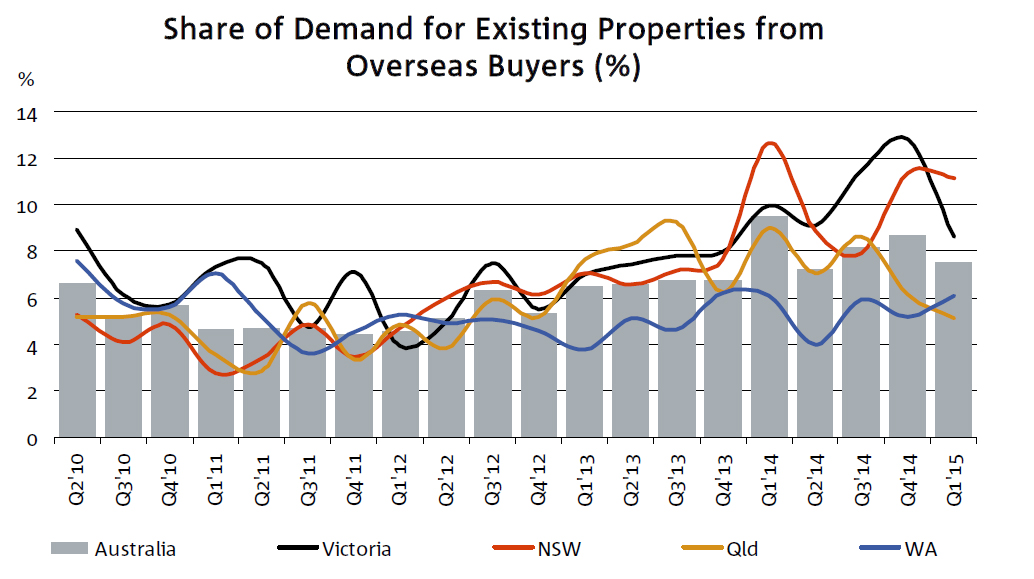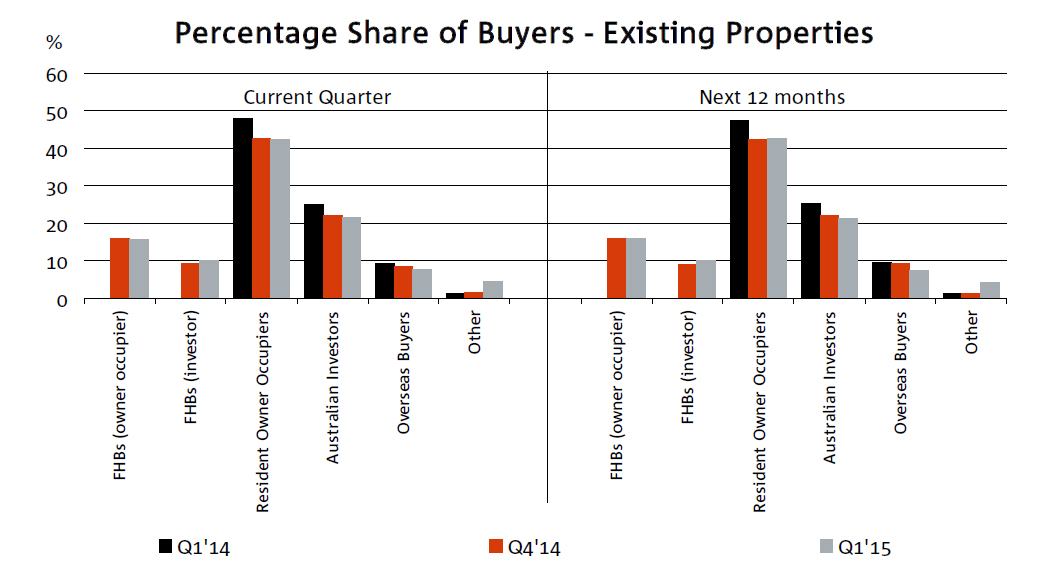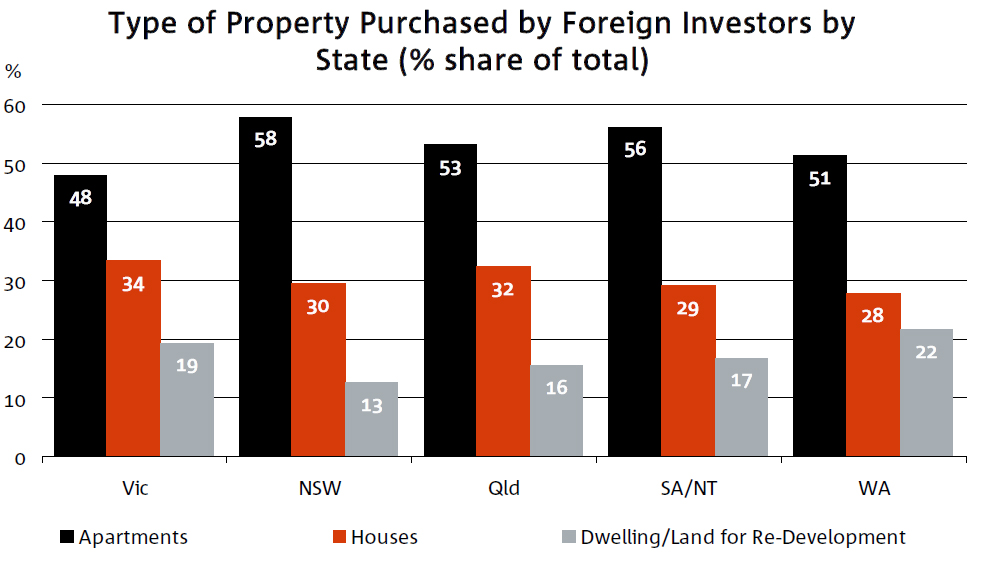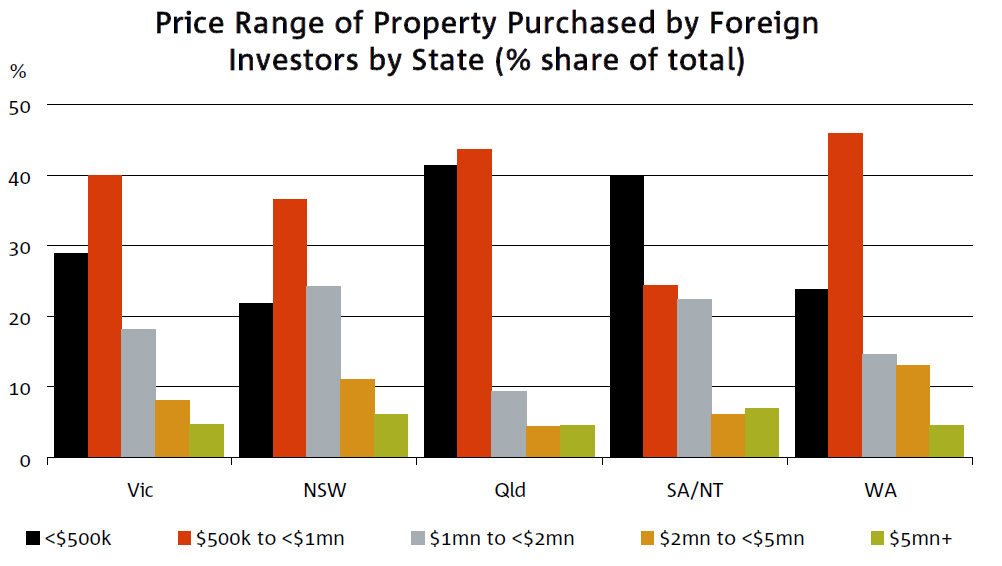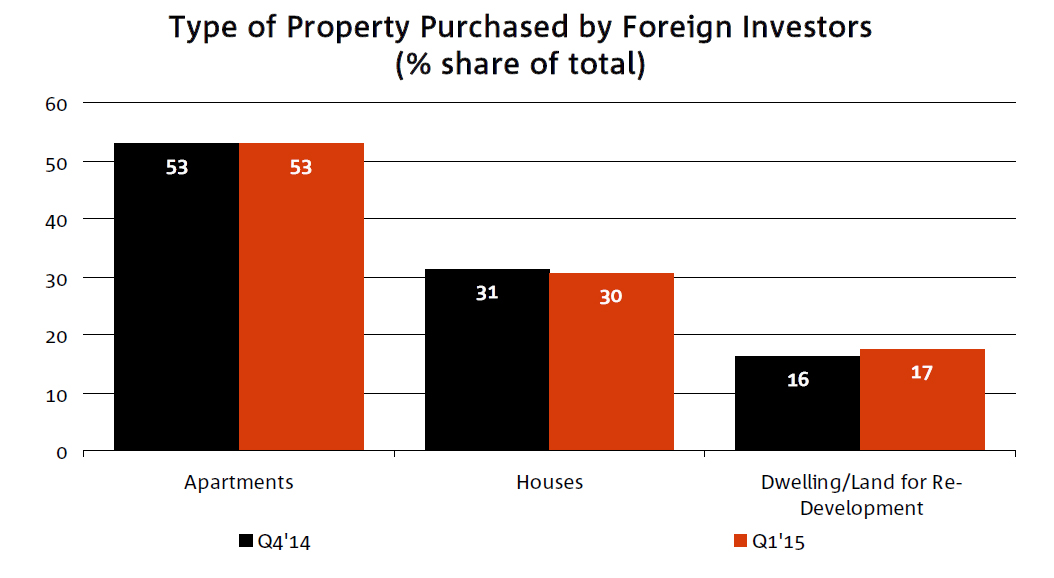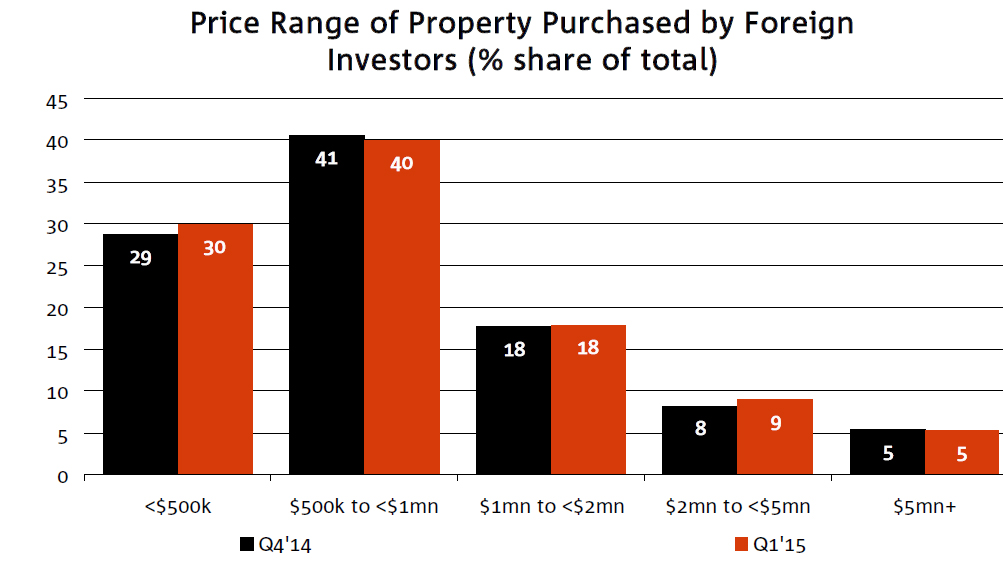The HIA-CoreLogic RP Data Residential Land Report to the March 2015 quarter shows price growth accelerating as turnover falls sharply. The residential land price in Australia increased by 4.1 per cent compared with the previous quarter whilst residential land transactions fell by 5.2 per cent compared with the previous quarter. Higher land prices translate to more expensive housing, and is pricing new home buyers out of the housing market as well as capping the construction cycle.
“This is not a good combination – escalating residential land values and a related decline in sales volumes,” said HIA Chief Economist, Harley Dale. “The upcycle in detached and low density housing construction has been strong, without being stellar. The combination of significantly reduced turnover and strong price growth suggests that supply bottlenecks in residential land are intensifying. That is pricing new home buyers out of the housing market and capping the construction cycle at a lower level than would otherwise be the case.”
“The provision of adequate, affordable, shovel-ready land is a crucial element to addressing housing affordability pressures across the residential property market,” said Harley Dale. “More needs to be done to expedite supply in 2015/16. Removing the obstacles to affordable land supply is a core requirement of a successful taxation and federalism white paper reform process.”
During the March 2015 quarter, the residential land price in Australia increased by 4.1 per cent compared with the previous quarter. This represented an increase of 8.2 per cent compared to the same quarter of last year. to be 17.6 per cent lower than the same period 12 months earlier. The March 2015 quarter represents the third consecutive decline in land transactions in Australia.
According to CoreLogic RP Data research director, Tim Lawless, the trend towards fewer land sales has been evident since mid-2013 and is visible across each of the capital city vacant land markets. “The number of vacant land sales peaked over the June 2013 quarter and have since reduced by almost 30 per cent. To see the price of land consistently rising over the same time frame suggests low supply is the main driver of this price growth rather than a slowdown in demand.”
“Higher land prices translate to more expensive housing which is an unfortunate circumstance for those looking to purchase a detached house. Sydney stands out as the most expensive land market with a rate per square metre of $678, followed closely by Perth with a rate per square metre of $664.”

